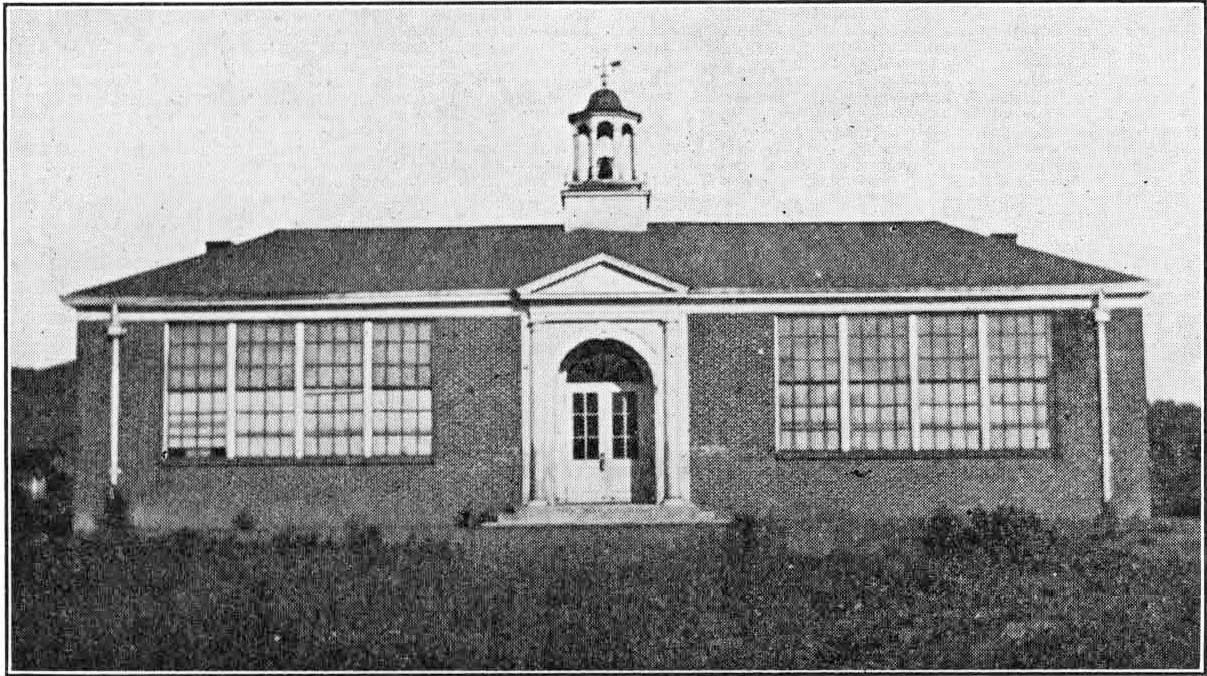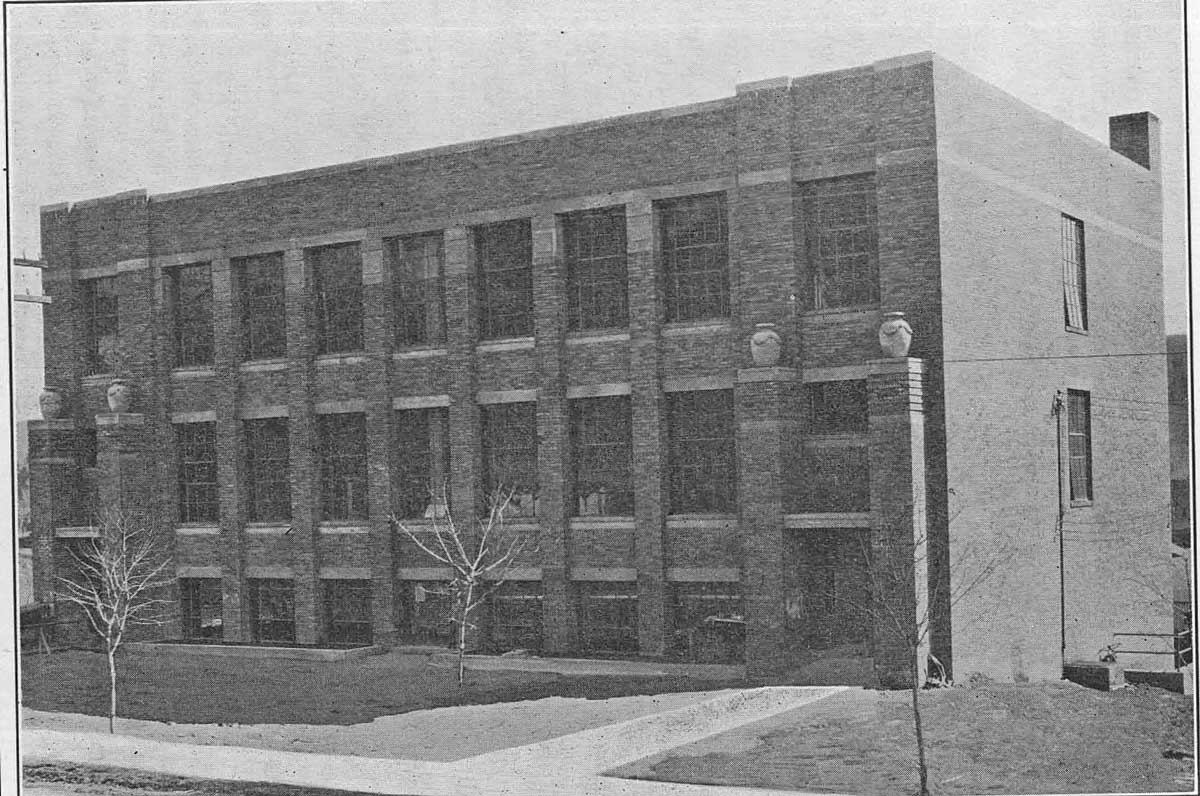| |
114 CLEARFIELD COUNTY - PRESENT AND
PAST
County Medical Society overlooking the Lakes-to-the-Sea Highway on the Miller
farm one-half mile west of Grampian.
He had made trips into the county to doctor his friends
at times, and his friend Joseph Boone, land agent for Nicklin and Griffith, gave
him 300 acres as an inducement to have a doctor in the county. He is said to
have brought a negro slave with him, also two other men.
Dr. Coleman came from Scotland, though he would say
little about his parentage. Some thought him of noble birth. He said the hills
of the country about his new home reminded him of the Grampian Hills in
Scotland, so he called the place The Grampian Hills, and the name has remained,
though the town and post office and station name has been shortened to Grampian.
He died in 1821.
Dr. J. P. Hoyt was probably the second M. D. He first
settled at Curwensville, where he kept a store and practiced medicine up to
about 1845 or 46, when his health failing, he located on the river a few miles
above Lumber City where he built a saw mill and a grist mill, both run by water
power from a high dam he made there on the river. He also kept a country store
there for a time, still practicing medicine. Other early doctors were Iddings,
Hill, Crouch, Wilson, Fetzer, Ross, etc.
Dr. Asa White was one of the first doctors in the upper
end of the county.
These pioneer doctors used to ride horseback in all
kinds of weather and over terrible roads, especially in spring, and fall, to
attend to their patients. Their steady treatments were calomel and blood
letting. Fees, too, were small and often were slow coming, or were paid in
produce, for the settlers were so poor, they could hardly afford to be sick, and
a surprisingly few of them were sick, for the pure air and outdoor exercise were
certainly conducive to health and longevity, as is borne out by the age to which
many of them lived.
|
|








